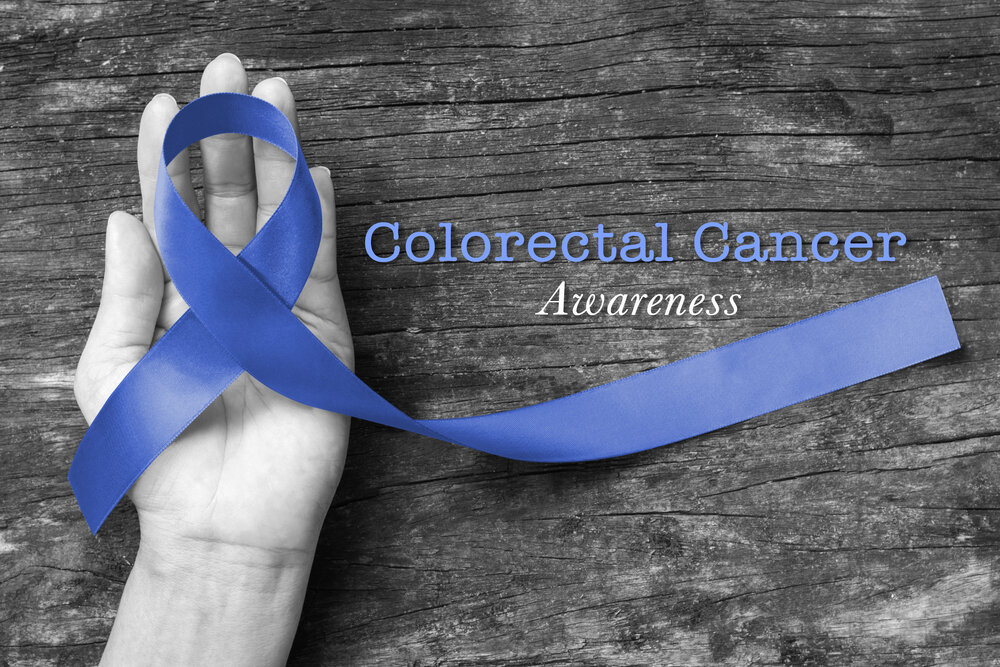The Stages of Colorectal Cancer
If you have colon cancer after doing colonoscopy, the first thing your doctor will first determine the stage of your disease. This stage refers to the severity of the disease or how far it has extended itself. For the right treatment approach, this stage is very important.
Low- or High-Grade Cancer
Besides staging, the low or high grade is very essential to classify the cancer. A pathologist examines the cancer cells and mark them from 1-4 depending how healthy the cells are.
The higher the grade is, the more normal the cells are. Though the grade may be different, growth of low-grade cancer is lower than high-grade cancer.
Colon Cancer Symptoms
At the early stages of colon cancer, there are no signs or symptoms. At the advanced stages, there could be different symptoms in different locations of the large intestine. Symptoms may include –
Changed bowel habits
Rectal bleeding
Pain in abdomen
Fatigue
Sudden weight loss
Cancer Stage Breakdown
Stage 0
If you have colorectal cancer with stage 0, it means the disease is only found in the mucosa and yet not spread in the colon lining.
Stage 1
If you have colon cancer stage 2 (T1 or T2, N0, M0), the cancer cells have started spreading beyond the mucosa and went through the muscular layer of the colon but has not affected the lymph nodes.
Stage 2
This stage has three sub sections.
In stage IIA (T3, N0, M0), the cancerous cells have grown at the outer layer of colon but have not gone beyond that. The lymph nodes are yet not affected.
In stage IIB (T4a, N0, M0), the cancerous cells have grown till the outer layer of colon but reached to the membrane visceral peritoneum which holds the abdominal organs. But lymph nodes are yet not affected.
In stage IIC (T4b, N0, M0), cancer spreads through the colon wall and to the nearby organs and structures but not the lymph nodes.
Stage 3
Like stage 2, in stage 3 colorectal cancer has three subsections.
In stage IIIA (T1 or T2, N1 or N1c, M0; or T1, N2a, M0), cancer breaks down the colon wall and reaches the lymph nodes. But distant lymph nodes are still unreachable.
In stage IIIB (T3 or T4a, N1 or N1c, M0; T2 or T3, N2a, M0; or T1 or T2, N2b, M0), cancer reaches to the three lymph nodes nearby and starts affecting the local structures and organs.
In stage IIIC (T4a, N2a, M0; T3 or T4a, N2b, M0; or T4b, N1 or N2, M0), cancer affects four lymph nodes or more.
Stage 4
Stage 4 means that the cancer has spread to the other organs like lungs or liver. This is the most advanced stage of the disease.
Tests to Check
Doctors follow a test colonoscopy for detecting colon cancer. A colon cancer performed by gastroenterologist where a long and narrow tube is inserted with a little camera inside the colon. Visit Digestive Disease Specialists for screening and speedy recovery.
**Disclaimer: This blog content does not offer a doctor's advice and creates no relationship between any patient and care provider.


